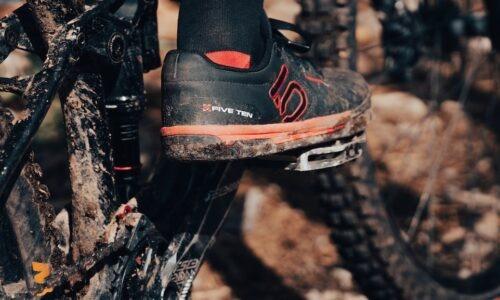Aluminum vs Carbon Fiber Wheels
In choosing a wheel technology (aluminum, scandium, carbon fiber, ‘carbon wrapped aluminum’), several important aspects  need to be considered. The following information was obtained from Mavic and describes the advantages/disadvantages and issues well.
need to be considered. The following information was obtained from Mavic and describes the advantages/disadvantages and issues well.
But first, it is my opinion that Full-Carbon Fiber wheels should be used in racing ONLY, configured as a tubular wheel. For training, use a high quality clincher wheel. A Carbon wrapped aluminum wheel is OK for training but the cost is usually more than a high quality clincher.
Braking Constraints:
Heat Dissipation:
Brake heat is the first barrier to overcome when designing a reliable carbon clincher rim. It has to be treated first in priority.
Heat dissipation & related issues:
During sustained and hard braking both the rim brake track surface and the pad surfaces can reach +200°C (+392°F). If the rim brake track is not 100% flat and smooth, wide spots in the brake track can concentrate heat up to 250°C (+482°F) in the area between the rim hooks, which also heats the inner tube which is getting into the realm of the resin failing/melting.
Aluminum Alloy vs Carbon Fiber:
Aluminum and carbon fiber present very different material properties which translate to specific technical choices. The table below shows the pluses and minuses of an Aluminum Alloy rim compared to a Full Carbon Fiber rim.
Full Carbon Fiber rims should be used in racing situations ONLY, as well as configured as a tubular.

So on one end we have an Aluminum Alloy/Aluminum-Scandium rim, on the other extreme, we have a full Carbon Fiber rim. In between, a lot of manufacturers are using a ‘carbon wrapped aluminum’ rim. This represents the best of both worlds.

I have always enjoyed bicycling and, through a series of coincidences, became a Bicycle Industry Consultant and Product Tester. I test prototype products for companies and have published only off the shelf production products on biketestreviews.com.


